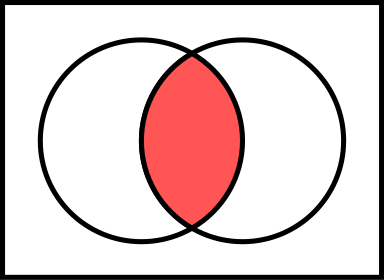 |
| by Maryeoriginals |
What if all the people in the world moved to one hemisphere?
If we could live forever on this earth, how would that change our world? How would that change our lives?
We all speculate. We all wonder what if?
Some of these questions have no answers. At least, not answers that we can immediately access or identify, nor answers that we can prove-- but these what if's are the stuff of imagination, of our best fiction, and our finest dreams.
But what if we take our wildest wonderings, our most far-out what-ifs and actually sought to answer them, scientifically?
What if there were books dedicated to answering those wild what ifs?
 This is the unlikely mission that Randall Monroe tackles in What If?: Serious Scientific Answers to Absurd Hypothetical Questions
This is the unlikely mission that Randall Monroe tackles in What If?: Serious Scientific Answers to Absurd Hypothetical QuestionsHe introduces his treasure in the following way:
This is a collection of answers to hypothetical questions.
These questions were submitted through my website where-- in addition to serving as a sort of Dear Abby for mad scientists--I draw xkcd, a stick figure webcomic... This book contains a selection of some of my favorite answers from my website, plus a bunch of new questions answered here for the first time.
I have been using math to answer questions as long as I can remember...
The questions alone generate interest and engage our imaginations before we even consider the thought-provoking answers.
Just ponder these sample questions from the book:
What would happen if you tried to hit a baseball pitched at 90% the speed of light?
What if everyone actually had only one soul mate, a random person somewhere in the world?
What would happen if everyone on Earth stood as close to each other as they could and jumped, everyone landing on the ground at the same instant?
Not only are the answers both intriguing and surprising, but most lead us to ask many more questions.
In his recent TED Talk, Monroe answers the above baseball question, as well as a question about Google's date warehouse. His talk offers a small taste of the wonder and delight of what if questions answered with the science, math, physics...and humor and comics.
For more amazing questions and unlikely, yet fun things to think about, visit Monroe's What If? webpage and his blog, XKCD: A WebComic of Romance, Sarcasm, Math and Language.
Perhaps you might even submit your own question to whatif@xkcd.com..
David J. Smith has written several books that help us think about unfathomably big numbers and concepts by scaling them down to a manageable, "think-about-able" size.




He tackles the galaxy as if it were shrunk to the size of a dinner plate...
He represents the history of Earth as if our 4.5-billion-year history were compressed into a single year...
He represents average human life expectancy as if it were footprints in the sand...
Smith give us numbers and objects we know, amounts and analogies we can imagine to foster our thinking about the otherwise vast and unimaginable.
Truth be told, I think most good writing, informational or literary, arises out of a wondering-- a foundational what if.
How can I represent my big ideas?
Can I make this meaning? What if I use this form? I wonder if I can capture this moment, that feeling, this idea ---and lay it bare on paper.
What are your wonderings?
What is your current what if?
This previous, related blog post will provide additional resources:
Wonderings, What Ifs and Other Questions
Today's Deeper Writing Possibilities
Create a list of your own What If questions.
Select one question to answer in a humorous style.
Research this question and write an essay, answering the questions as accurately as possible, using science, math, or history.
Draw a comic to address your question.














